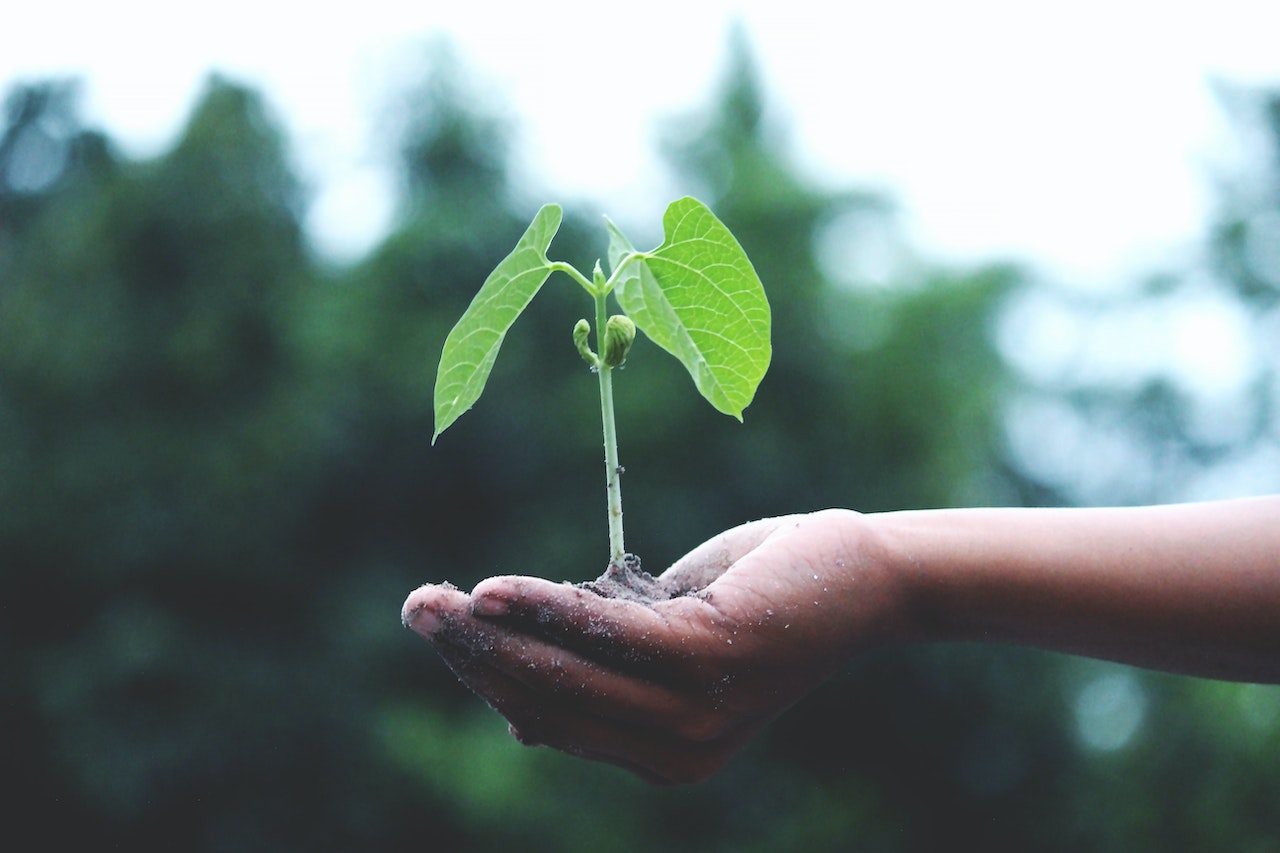This post was originally published on Sustainability Matters

Applications are open for CSIRO’s latest ‘Innovate to Grow’ program, which helps Australian small and medium-sized enterprises (SMEs) to advance their research goals in the recycling and circular economy sector.
The eight-week Innovate to Grow: Recycling and Circular Economy program is delivered in partnership with Deakin University’s Recycling and Clean Energy Commercialisation Hub (REACH), which is supported by the Australian Government’s Trailblazer Universities Program.
Led by experienced researchers, the program will help participants to examine technical challenges, explore research and development (R&D) opportunities, and develop actionable business and funding plans for their R&D idea.
Since its launch in 2020, Innovate to Grow has equipped over 600 SMEs with the knowledge and tools required to progress their R&D opportunities.
Manon Beauchamp-Tardieu participated in the 2023 Innovate to Grow: Recycling program as a founder of Little Green Panda, a company turning agricultural waste into biodegradable alternatives to single-use plastics.
“We made lots of progress and came up with a direction for steps we need to do and the people we need to speak to in order to get this project kickstarted,” she said.
CSIRO’s Ending Plastic Waste Research Lead, Dr Deborah Lau, emphasised that it was critical to bring science and industry together so that Australia can create circular pathways for plastics and other recyclable waste.
“Over 9.5 billion tonnes of plastic waste have been produced globally since 1950, with only 9% recycled each year. This is commercially and environmentally unsustainable,” Lau said.
“Working with SMEs is essential to unlocking R&D opportunities that accelerate breakthroughs in science and technology.
“Through this program, we aim to spark innovation that will shape a sustainable circular ecosystem for plastics and waste through recycling, redesign and reuse.”
Amy Hunter, Deakin REACH Executive Director, said SMEs and the startup sector have a tremendous opportunity to play a key role in developing greener supply chains in Australia.
“Supporting CSIRO’s Innovate to Grow: Recycling and Circular Economy program connects more businesses to Deakin through our REACH ecosystem, so we can support them to drive innovation and solve problems that will develop greener supply chains in Australia,” she said.
The Innovate to Grow: Recycling and Circular Economy program is open to SMEs working in the following sub-sectors:
- Organic and inorganic recycling
- Sustainable manufacturing
- Clean energy production and storage
- Supply chain waste reduction
- Waste to energy (bioenergy)
- Fibre and textiles waste
- Sustainable construction materials
- Other
Applications close on 16 February 2025. To learn more and apply, click here.
Image credit: iStock.com/Hispanolistic





0 Comments